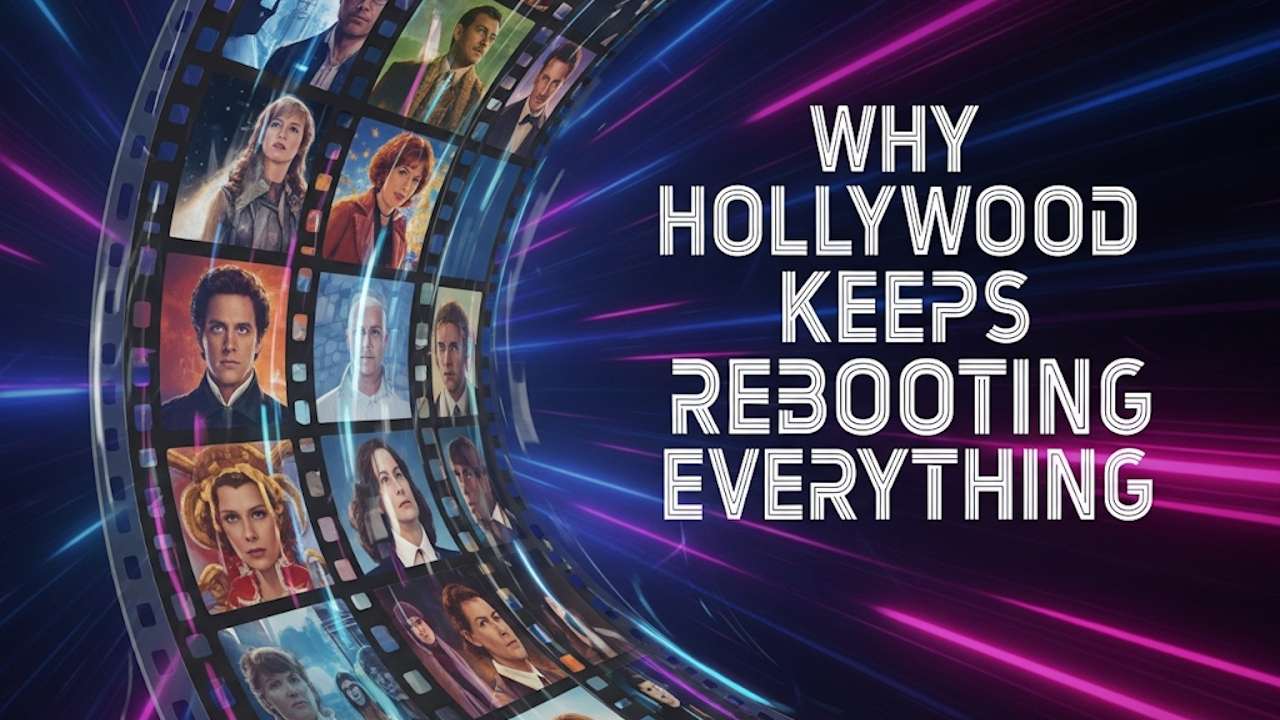Hollywood’s persistent reliance on reboots, remakes, and sequels is a multifaceted phenomenon driven by a confluence of financial imperatives, evolving audience preferences, and the inherent desire to mitigate risk in a notoriously unpredictable industry. This trend, while often criticized for a perceived lack of originality, offers significant advantages to studios navigating an increasingly complex entertainment landscape.
Financial Security and Risk Aversion
The primary driver behind the reboot trend is undoubtedly financial security. Making a movie is an incredibly expensive endeavor, with blockbuster productions often costing hundreds of millions of dollars. Original concepts, by their very nature, carry a higher degree of risk. There is no guaranteed audience, and marketing efforts must start from scratch to build awareness and generate interest.
Reboots and established franchises offer a pre-sold property. They come with a built-in fanbase and immediate brand recognition, significantly reducing marketing burdens and increasing the likelihood of box office success. Studios can tap into an existing emotional connection that audiences already have with beloved characters, stories, and themes. This risk-averse strategy is particularly appealing in times of economic uncertainty, when studios are more inclined to invest in projects with a clearer path to profitability. The success of many reboots, particularly in genres like superhero, fantasy, and horror, demonstrates this financial viability.
The Power of Nostalgia
Nostalgia plays a crucial role in the appeal of reboots. For many viewers, revisiting familiar narratives evokes a sense of comfort and fond memories of their childhood or earlier life stages. This emotional connection is a powerful marketing tool, drawing audiences back to the cinema or streaming platforms to experience a modernized version of something they cherish.
Reboots can also achieve multi-generational appeal. Parents who grew up with original films or series are often keen to introduce these stories to their children, creating a new generation of fans and extending the lifespan of a franchise. This generational bridge reinforces the cultural impact of these properties and further solidifies their commercial potential. The psychological effect of nostalgia, triggering dopamine release and a sense of well-being, makes these familiar stories incredibly attractive to audiences seeking an escape or a comforting return to simpler times.
Creative and Technological Evolution
While often viewed as creatively stagnant, reboots can also offer opportunities for creative reinterpretation and technological enhancement. Filmmakers can leverage advancements in CGI and visual effects to bring stories to life in ways that were previously impossible. This allows for a fresh aesthetic and a modernized look at timeless tales, potentially adding depth or correcting perceived shortcomings of the originals.
Additionally, reboots can be a vehicle for addressing contemporary themes and promoting diversity. Studios may use reboots to introduce more inclusive casting, update narratives to reflect current societal attitudes, or explore previously underdeveloped characters. While sometimes criticized as “tokenism,” these efforts can broaden a story’s appeal and make it relevant to a wider, more diverse audience.
The Streaming Imperative
The rise of streaming platforms has further intensified the demand for content, and reboots are a convenient and effective way to meet this need. Streaming services require a constant influx of material to attract and retain subscribers. Familiar titles with established brand recognition are less risky bets for these platforms, as they are more likely to draw immediate viewership.
Moreover, reboots, particularly those developed as television series, offer expanded storytelling possibilities. The episodic format of streaming allows for deeper character development and more intricate plotlines than a single film. This creative freedom within a pre-existing framework can be appealing to creators and audiences alike. The success of rebooted web series highlights how the streaming landscape is reshaping audience engagement and content consumption habits.
Balancing Act: Originality Versus Familiarity
Despite the clear benefits, the prevalence of reboots does raise concerns about creative stagnation and a perceived lack of originality in Hollywood. Critics argue that studios are prioritizing safe bets over bold new ideas, stifling the development of fresh narratives and voices. The argument is that while some reboots are critically acclaimed and commercially successful, many others fall short, failing to capture the magic of the originals and leading to audience disappointment.
Ultimately, Hollywood’s continued embrace of reboots is a complex balancing act between commercial viability and artistic ambition. As long as audiences continue to respond positively to the allure of nostalgia and the comfort of familiarity, reboots will likely remain a significant part of the cinematic landscape. The challenge for studios lies in finding ways to innovate within this framework, delivering fresh perspectives and compelling storytelling that justifies revisiting beloved properties.

